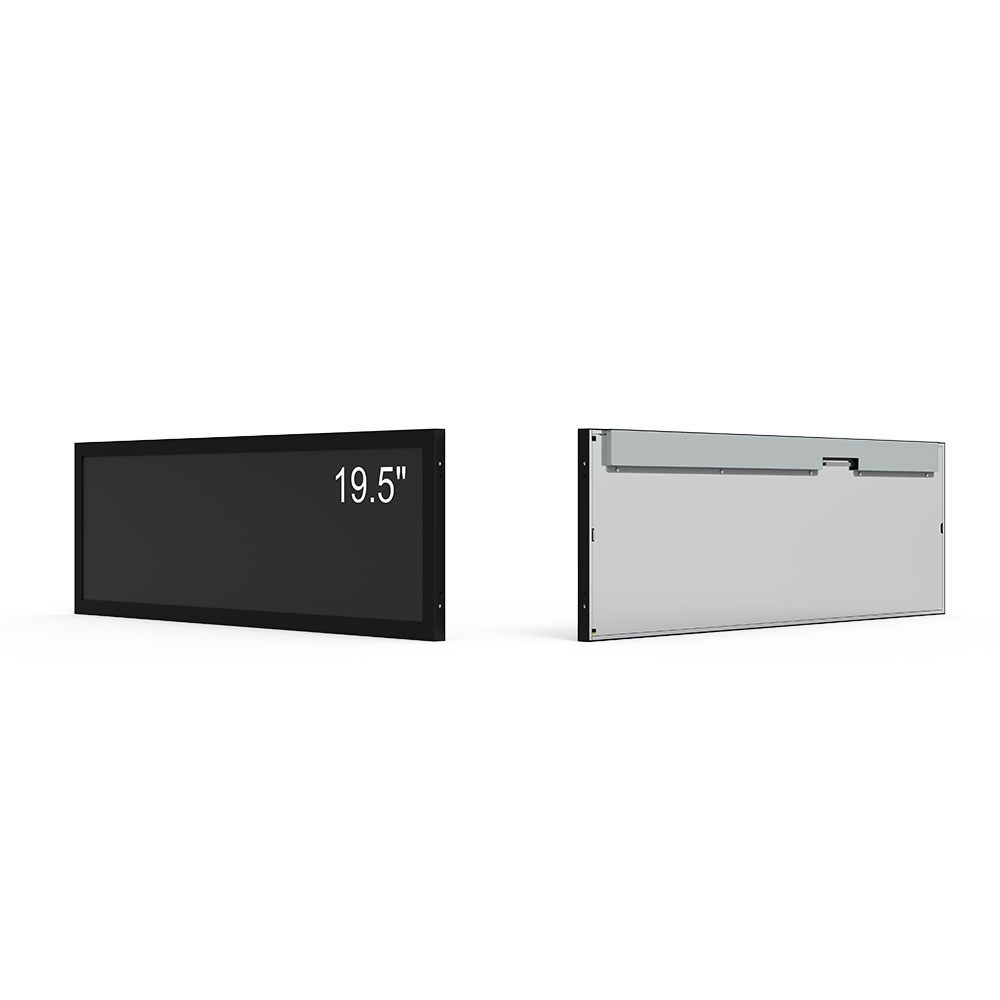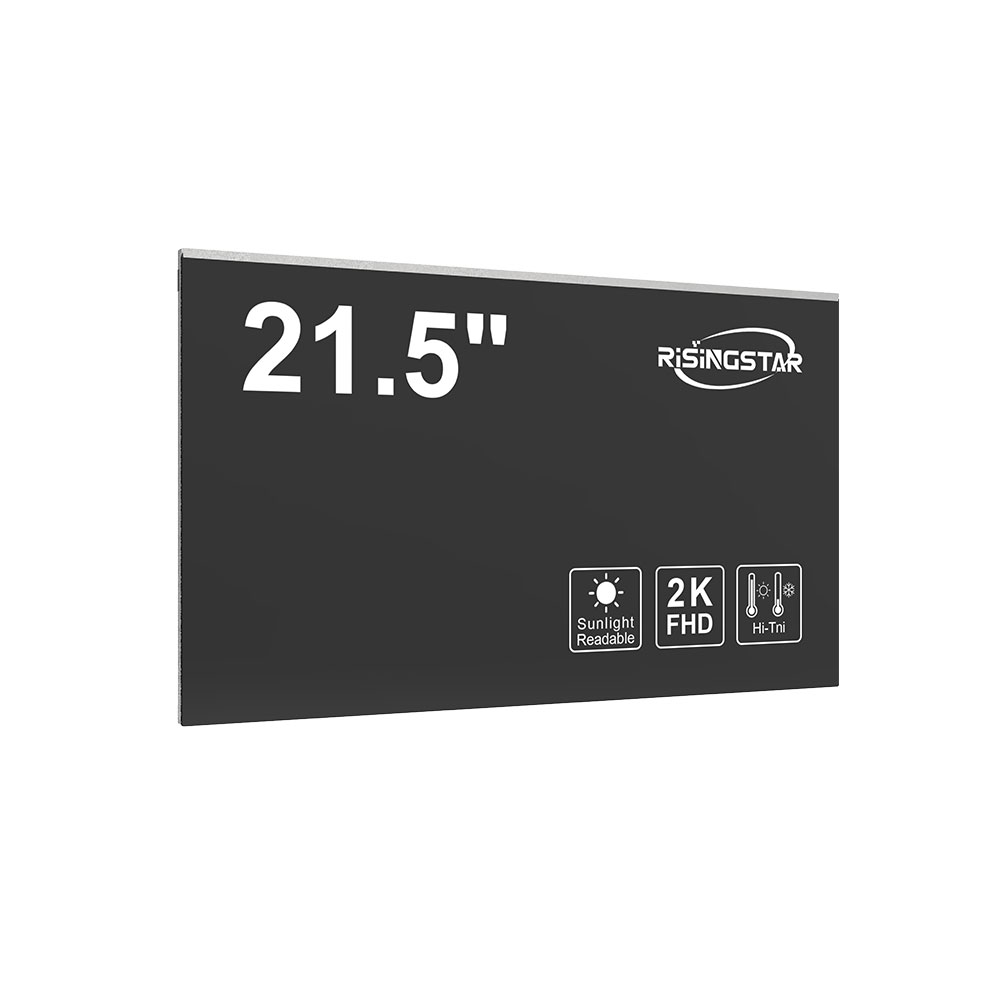- Home
- About Us
- Products
- News
- Video
- Contact
- Send Inquiry
Search
- Home
- About Us
- Products
- News
- Video
- Contact
- Send Inquiry

In today’s industrial and outdoor environments, the need for reliable, high-brightness sunlight-readable LCD screens has never been more critical. From construction sites to military operations, transportation systems to utility field services, devices must remain readable under intense ambient light conditions—often exceeding 100,000 lux. This is where specialized high-brightness sunlight-readable LCDs come into play, offering not only superior visibility but also durability, low power consumption, and long-term operational stability.
Unlike standard LCDs that suffer from poor contrast and washed-out images in direct sunlight, sunlight-readable displays employ advanced optical technologies such as transflective liquid crystal cells, high-efficiency LED backlighting, and anti-glare coatings. Transflective technology combines both reflective and transmissive modes: it uses ambient light during daylight (reducing power consumption) and switches to a bright LED backlight at night or in low-light conditions. For instance, industrial-grade displays often achieve brightness levels of 3,000 to 5,000 nits—far surpassing consumer-grade screens that typically max out at 1,000 nits.

A key differentiator in high-brightness LCDs is the use of active matrix TFT (Thin-Film Transistor) panels with optimized pixel response times and wide viewing angles (up to 170°). These panels are built using robust materials like Gorilla Glass or chemically strengthened glass, which provide resistance to scratches, impacts, and environmental stressors such as dust, moisture, and temperature extremes (from -30°C to +70°C). Many manufacturers now adhere to MIL-STD-810G standards for shock and vibration testing, ensuring reliability in ruggedized environments like mining equipment or military vehicles.
Real-world case studies further validate the effectiveness of these screens. In a 2023 deployment by Siemens for smart grid monitoring units, engineers reported a 98% reduction in user-reported readability issues after switching to a 4,000-nit transflective LCD with an integrated automatic brightness control system. Similarly, a study published in IEEE Transactions on Industrial Electronics highlighted how a 5,000-nit display used in UAV ground control stations improved pilot reaction time by 22% compared to conventional 1,000-nit screens.

Power efficiency remains a major design consideration, especially in battery-powered or solar-rechargeable applications. Modern high-brightness LCDs incorporate adaptive luminance control algorithms that dynamically adjust brightness based on ambient light sensors. This can reduce energy consumption by up to 60% without compromising visibility—a crucial factor in portable field devices.
Manufacturers such as LG Display, Sharp, and Innolux have developed proprietary technologies like “Sunlight Readable Plus” and “High Brightness Active Matrix,” which integrate firmware-level optimization for color accuracy and grayscale consistency even under extreme lighting conditions. These innovations are increasingly adopted across sectors including defense (e.g., night-vision systems), healthcare (mobile diagnostic tools), and logistics (warehouse scanners).
For global markets, compliance with international standards such as EN 60068 (Environmental Testing), ISO 16750 (Automotive Environmental Conditions), and RoHS (Restriction of Hazardous Substances) ensures product safety, environmental responsibility, and interoperability. As industries move toward digital transformation, the demand for durable, human-centric visual interfaces continues to grow—making high-brightness sunlight-readable LCDs not just a feature, but a necessity.